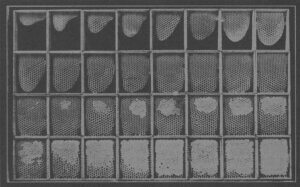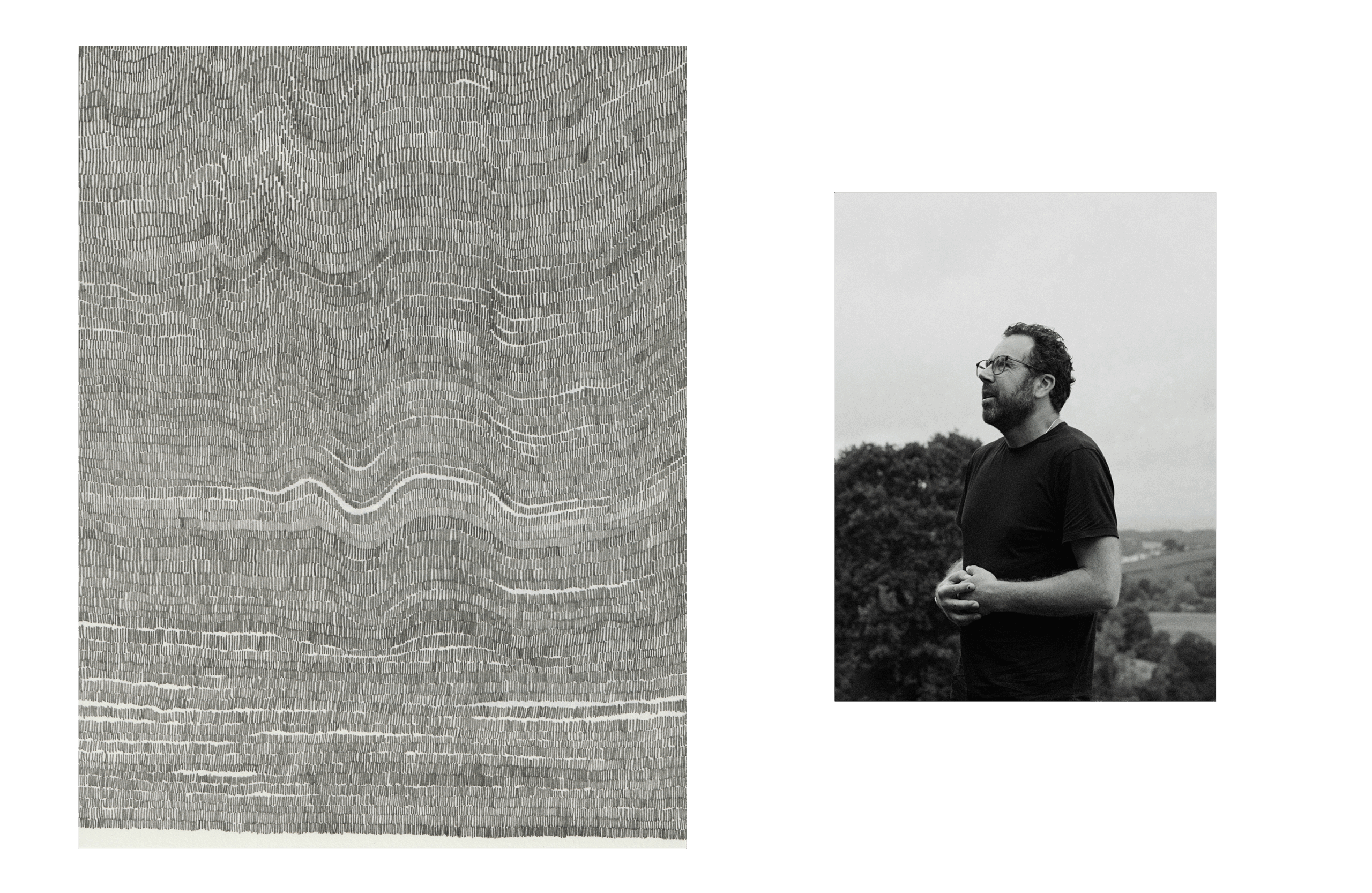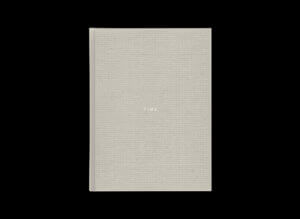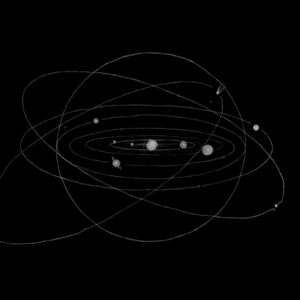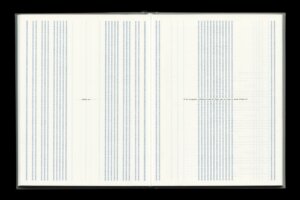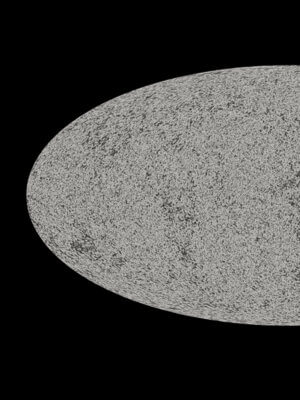AS Emmanuel, it’s a pleasure to speak with you. At Slowness, we have been inspired by what you’ve done at Emergence Magazine, from the aesthetic sensibility and the intention in the materiality to the clearly articulated intersection that you explore — ecology, culture and spirituality. We might say that slowness — slow cultivation, or at least a punctuated equilibrium — is a characteristic feature of all three. Could you tell us a bit about how Emergence Magazine came to be?
EVL I had been working within the intersection of ecology, culture and spirituality as a filmmaker for quite some time. In 2016, I was working on a new documentary that was going to explore spiritual ecology. I was in my studio, working on ideas for the film, and I had a big whiteboard with 3×5 cards on it as part of my creative process. I hadn’t started filming yet, and then a bit of a vision came to me out of the blue. All the cards were reshuffled, and instead of being scene cards laying out the narrative, they were individual voices of different people, each from different walks of life, each exploring this theme. It was one of those things, like a creative inspiration. I sat with that experience for a little while, and it had a weight to it that felt more real than the film project I was developing. It was pointing to something else. I sought the form. It had to be something more like a space, because in the vision it had been like a space of voices coming together. To me, space is at the root of what a magazine is. It grew out of other forms, out of the salons of Paris in the twenties, the intellectual and spiritual and philosophical discussions that happened at courts around the world or in monasteries. Those were spaces where ideas were shared. All these thoughts passed through me over one afternoon.
My studio was a garage next door to my office where we had a handful of people working on film projects. I went next door and I said, guys, I think we should run a magazine. That’s where it started. What’s wonderful is nobody on the team had any experience in publishing a magazine. They had some experience in publishing books and lots of creative experience in film and emerging media. So that formed the way we approached thinking about a magazine. It wasn’t going to be a text-only publication. It was going to use the mediums that we had experience with. It was an emergent idea that then formed into something more concrete.
